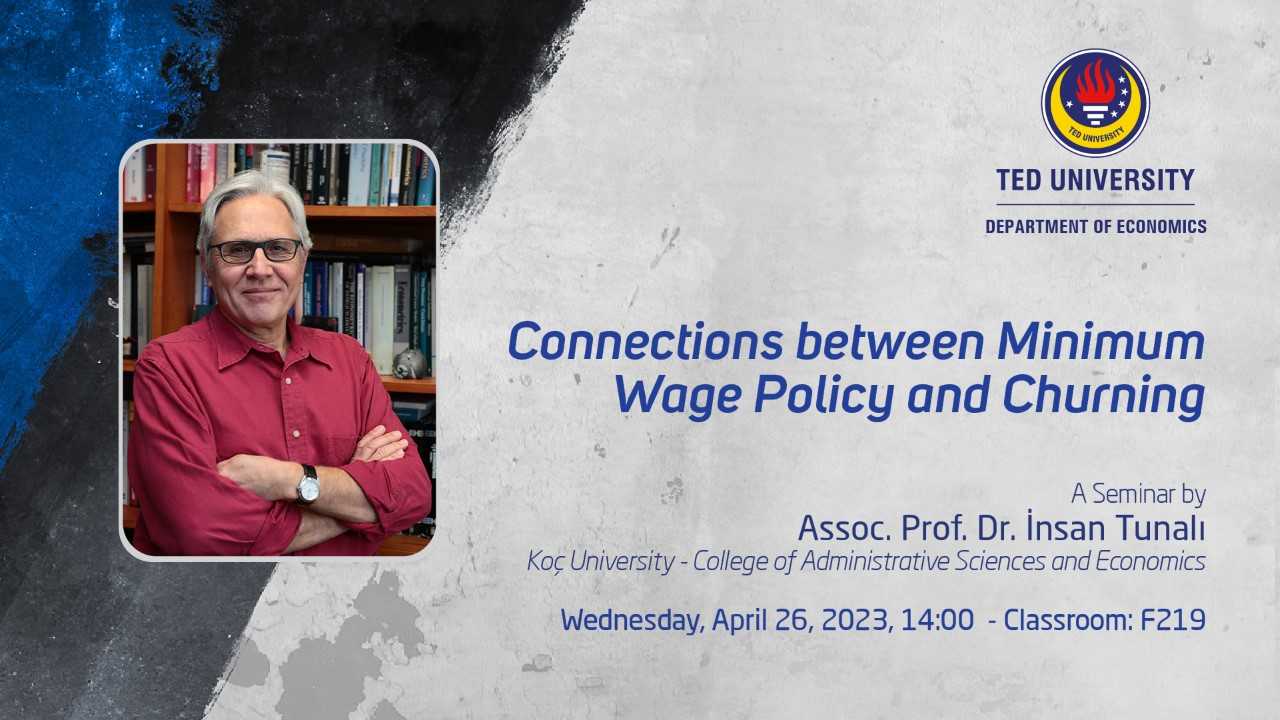Connections between Minimum Wage Policy and Churning
Tarih: -
Konum: F219

Abstract: Churning (employment turnover) is part and parcel of labor markets. Every year a sizeable fraction of workers in an economy part from their old employers while a similarly sized fraction start working for a new employer. Using data from the annual HLFS (2005-19) Polat and Ulus (2022) show that churning in the Turkish labor market has been rising. I also examine data from the annual HLFS (2004-18) and find that average tenure has been going down, and the share of those with tenure under one year is going up. I then explore possible connections with minimum wage (MW) policy. MW increases may result in job losses and/or hinder job creation. However causal evidence of adverse employment effects is weak, at best. In this paper I take a different tack and focus on the compression in the earnings distribution which is brought about by regular MW increases. I rely on a dif-in-dif strategy in which identification is obtained via cross-section variation in the amount of compression experienced by different groups (defined in turn by economic activity, region, human capital composition). The compression measure I rely on is the share of earners in the “neighborhood” of the MW (MW ± 10%) among those earning between (MW – 10%) and the median. Using pooled data from the period 2004-18 I find strong evidence that compression increases the probability of having tenure under one year. In the event analysis that tracks the coefficient on a year-by-year basis, the human capital version of the churning measure faithfully captures the positive trend in churning. I speculate about mechanisms that link churning and regular MW increases but do not engage in formal explorations of the theoretical explanations.